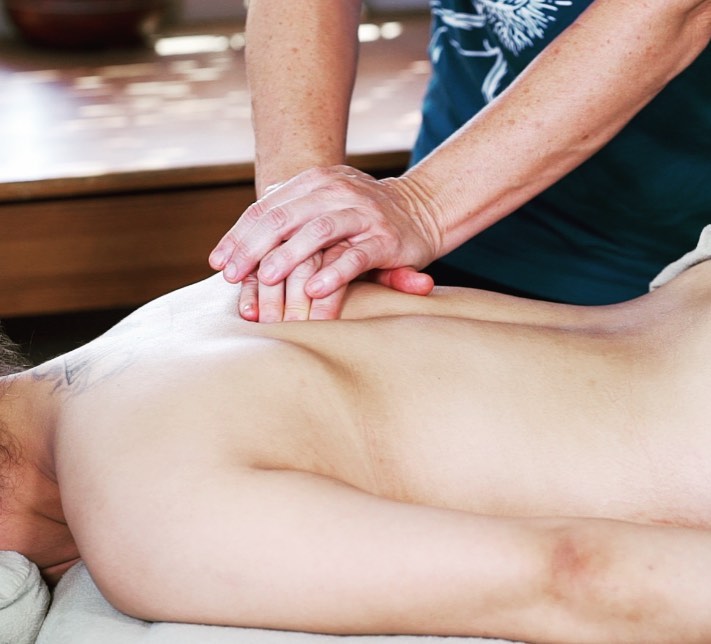Functional Anatomy Chapter 1: Lower Leg & Ankle
In this first chapter of the Functional Anatomy series, Allison hosts a virtual exploration of the lower leg and ankle anatomy. Detailing methods that work, you will understand functionality and master advanced techniques for common dysfunctions. We discuss shin splints, achilles tendinitis, plantar fasciitis, sprains, strains, and more.
This class is a virtually offered home study webinar that requires a computer, an email address, and an eager mind. It is recommended to have a body to work on during the course, but not required. A PDF document accompanies this course with space for note taking if desired.
There is a lot of information offered, but once you start the course, you can review and rewind to ensure that you get the most out of your 3 Continuing Education Credits.
Functional Anatomy Chapter 2: The Deep Core
In this second chapter of the Functional Anatomy Series, Allison hosts a virtual exploration of the low back and deep hip anatomy. Detailing methods that work, you will understand functionality and master advanced techniques for common dysfunctions. We discuss Trigger Points, holding patterns, scar tissue, QL dysfunction, Psoas interventions, and more.
This class is a virtually offered home study webinar that requires a computer, an email address, and an eager mind. It is recommended to have a body to work on during the course, but not required. A PDF document accompanies this course with space for note taking if desired.
There is a lot of information offered, but once you start the course, you can review and rewind to ensure that you get the most out of your 3 Continuing Education Credits.
Functional Anatomy Chapter 3: The Cuff Of Rotation
In this third chapter of the Functional Anatomy Series, Allison hosts a virtual exploration of the shoulder complex and Rotator Cuff muscles. Detailing methods that work, you will understand functionality and master advanced techniques for common dysfunctions. We discuss Rotator Cuff injuries, nerve entrapment, take a closer look at the interaction between muscle and connective tissue, and more.
This class is a virtually offered home study webinar that requires a computer, an email address, and an eager mind. It is recommended to have a body to work on during the course, but not required. A PDF document accompanies this course with space for note taking if desired.
There is a lot of information offered, but once you start the course, you can review and rewind to ensure that you get the most out of your 3 Continuing Education Credits.
Please note: CE credits will only be valid for licensed massage therapists in the US (with the exception of NY).
